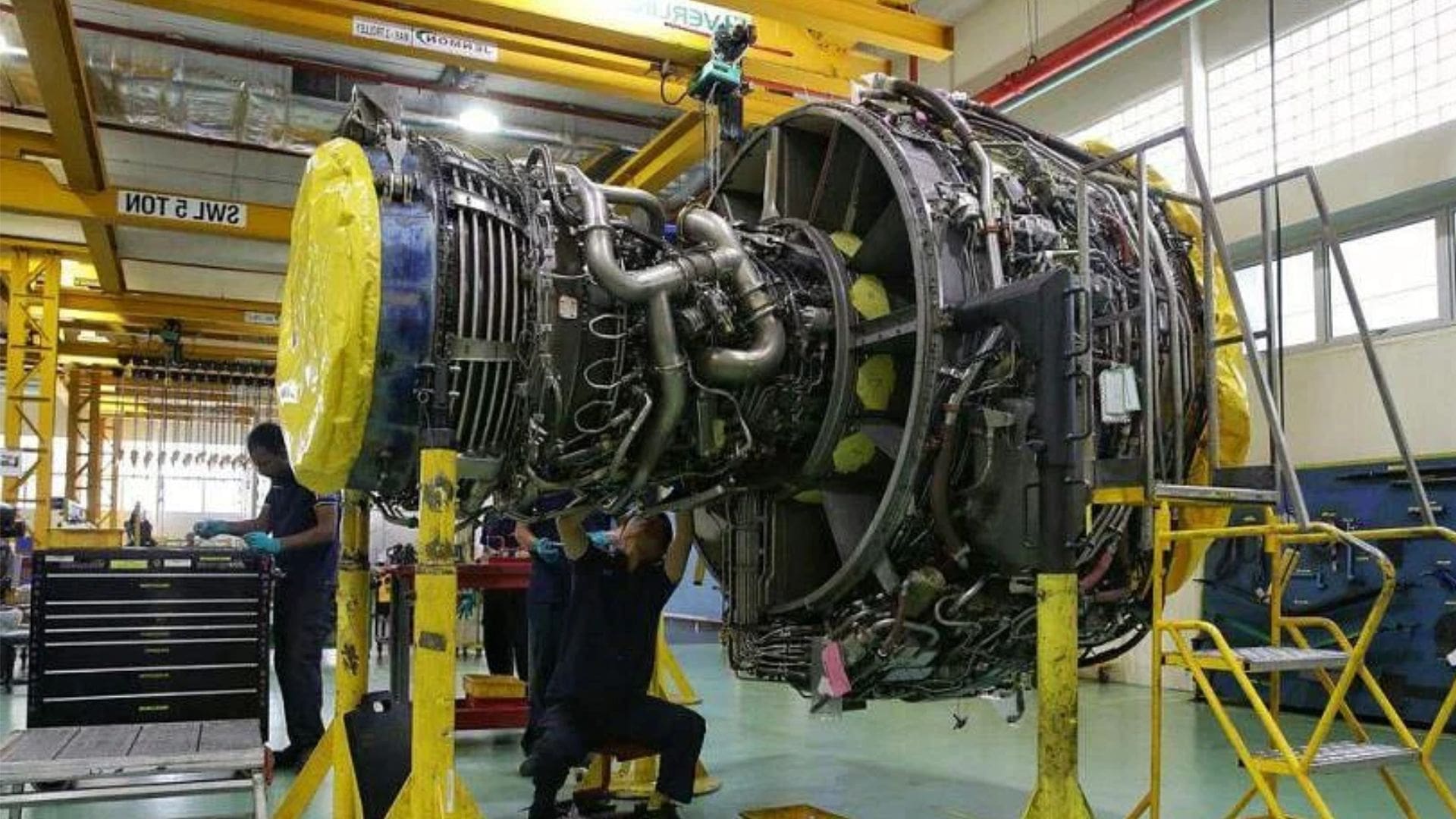Singapore's Aerospace Industry: Navigating Challenges and Securing a Leading Regional Hub
- Singapore | 14 May 2017

Since gaining independence from Malaysia in 1965, Singapore has demonstrated a resilient attitude that has driven its industries to thrive despite various challenges. The aerospace industry, in particular, has flourished in the country. Singapore, once a British colony, faced the loss of its market upon becoming an independent republic. However, the nation leveraged its language and infrastructure, attracting opportunities during the Vietnam War when the United States sought to counter communism in Southeast Asia. Building on the aircraft left behind by the British Empire, Singapore developed its own aerospace industry to bolster its defense capabilities and ensure state security.
Today, Singapore stands as a dynamic and leading regional hub for aerospace, with an annual output surpassing S$8 billion (US$5.6 billion). The Economic Development Board (EDB), Singapore’s principal government agency for economic strategies, has identified aerospace as one of the key industries for growth. The EDB’s focused department for aviation, along with initiatives like SPRING, supports the sector’s expansion, creating an ecosystem that attracts global players. With 130 aerospace companies and 20,000 employees, Singapore now commands a quarter of Asia’s Maintenance, Repair, and Overhaul (MRO) market, while manufacturing activities occupy the remaining 10%. The country is committing S$19 billion (US$13.3 billion) over the next five years to advance research and development in advanced manufacturing and engineering.
Singapore is at the forefront of embracing new robotics and automation technologies, positioning itself as an innovative technological expert. These advancements enable the country to provide companies and clients with the latest market trends. Automation plays a crucial role in Singapore, where rising costs and a limited labor market present challenges. While 80% of the aerospace sector comprises local employees, the industry’s demands exceed the current pool of skilled labor. To address this, Singapore is investing in the training of aerospace graduates, with initiatives such as the Aviation Academy at Temasek Polytechnic and the four-story Aerohub at Singapore Polytechnic. Companies like Haite Group are also investing in training facilities to meet the increasing demand for skilled labor.
With a projected annual air traffic growth of 6.1% in the Asia-Pacific (APAC) region, the demand for skilled labor is set to increase exponentially. APAC is poised to become the world’s largest travel market in the next two decades, necessitating a significant expansion of the global fleet. Developing nations in the region, including Myanmar, Cambodia, Laos, and the Philippines, heavily rely on aviation as a primary mode of transportation due to challenging landscapes, a lack of infrastructure, and safety concerns. Singapore’s strategic geographical location and ease of doing business have attracted numerous companies. Changi Airport, recognized as a world leader, provides a 24-hour Free Trade Zone with simplified customs, while ongoing developments in Changi East aim to double passenger handling capacity to 135 million per year. Seletar Aerospace Park has also emerged as a key player, hosting renowned industry giants like Airbus Group, Bombardier, and Bell.
While primarily focused on civil aviation, Singapore also aspires to carve a niche role in the space industry. The Singapore Space and Technology Association is actively engaged in designing and constructing micro- and nano-satellites, as well as developing Earth-observing and telecommunications applications. With robust capabilities in remote sensing, Singapore continues to innovate and contribute to the sector’s advancements. The country’s investment in future technologies, automation, and electronics positions it as a leader in the aerospace industry for years to come.
Singapore’s aerospace industry has overcome significant challenges since its independence, transforming into a thriving regional hub. Through strategic investments, a focus on automation and robotics, and a commitment to developing skilled labor, Singapore has solidified its position as a key player in the aerospace sector. The country’s advanced infrastructure, including Changi Airport and Seletar Aerospace Park, further enhances its competitiveness. As Singapore continues to embrace new technologies and explore niche roles, it is poised to maintain its leadership in the aerospace industry for the foreseeable future.








